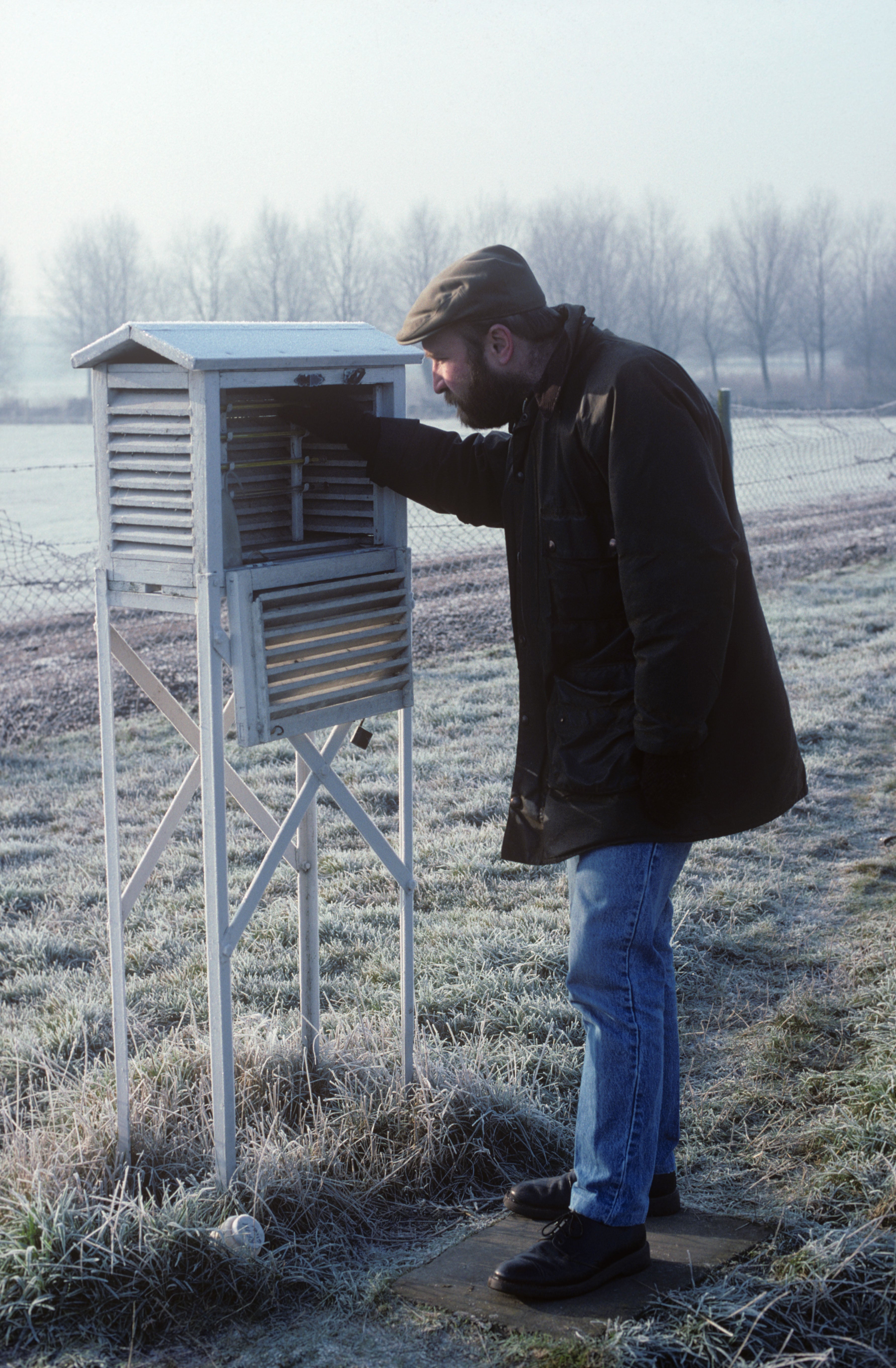UK’s hottest day: How are temperature records measured?
Temperature is measured using Stevenson screens, which ensure consistency across the country’s weather observatories.

Your support helps us to tell the story
From reproductive rights to climate change to Big Tech, The Independent is on the ground when the story is developing. Whether it's investigating the financials of Elon Musk's pro-Trump PAC or producing our latest documentary, 'The A Word', which shines a light on the American women fighting for reproductive rights, we know how important it is to parse out the facts from the messaging.
At such a critical moment in US history, we need reporters on the ground. Your donation allows us to keep sending journalists to speak to both sides of the story.
The Independent is trusted by Americans across the entire political spectrum. And unlike many other quality news outlets, we choose not to lock Americans out of our reporting and analysis with paywalls. We believe quality journalism should be available to everyone, paid for by those who can afford it.
Your support makes all the difference.The UK experienced its hottest day on record on Tuesday, with warmer weather than Jamaica, the Maldives and parts of the Sahara Desert.
Provisional Met Office figures show Heathrow Airport reached 40.2C in the afternoon, beating the previous record of 38.7C in Cambridge three years ago.
But how do temperatures get measured to ensure they compare accurately with previous records?
– How is temperature measured?
Since the 1960s, the Met Office has been using data collected from observatories across the country which must meet certain criteria to measure the temperature.
Within each observatory is a Stevenson screen – a white box with slats that allow air to flow and a thermometer inside.
The screens face north, which makes the air temperature reading more reliable by shielding the thermometers from direct sunlight.
– How are readings standardised across observatories?
Stevenson screens at every observatory should be located at least 20m from man-made materials such as concrete or hard standing, which can have an impact on results through heat retention.
Only half the area within 100m radius of each station should be formed of man-made surfaces to prevent readings becoming skewed by environmental factors.
Measurements are taken provisionally at first to allow for the instruments and surroundings to be checked, and some observatories do not report as frequently as others.
For example, Cambridge Botanic Garden only take readings once a day at 10am – so Tuesday’s peak for this station will be confirmed at 10am on Wednesday.
– How are readings made comparable with previous records?
The Met Office first officially accepted responsibility for custodianship of public weather records in 1914.
This is when observatories became more consistent in the way they collected data.
For records to become official, the Met Office carries out physical inspections by a team of engineers who can check equipment is working as it should with no anomalies.
Figures from specific observatories are also cross-checked with other stations for any inconsistencies – so the daily data from Tuesday make up a provisional record that will go through a verification process to become official.